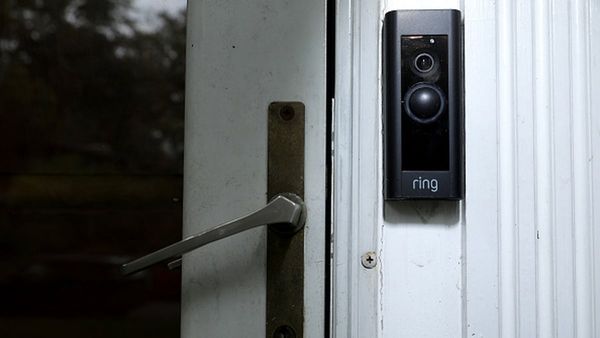The Northern Lights are set to be visible across parts of Scotland this weekend, starting as early as Friday (August 8) night.
The Northern Lights, also known as the Aurora Borealis, are described as "one of the most spectacular displays in the night sky".
This "incredible occurrence" can occasionally be seen in the night sky over Britain.
Time-lapse of the Northern Lights
Stargazers across the country are set to get their latest chance to see the Northern Lights this weekend, according to Met Office forecasts.
Best time to see the Northern Lights this weekend
The Northern Lights may be visible in parts of the UK on Friday night (August 8) and into the early hours of Saturday (August 9) morning, according to the Met Office.
The Met Office Space Weather forecast reads: "Expected Coronal Mass Ejection and coronal hole fast wind influence is forecast for 08-09 August, which will likely enhance auroral activity.
"Sightings are possible over Scotland, especially the north, given clear skies.
"There is a chance of visible activity for parts of the north of England and Ireland, given good conditions, with the peak chance likely from late on 08 August.
"However, confidence in the timing remains low, and visibility will be limited by the short hours of darkness and any potential cloud cover.
"Aurora activity likely declining by the end of the period."
Tip for night sky photos on your phone
Best places to see the Northern Lights in the UK
According to the space weather forecast from the Met Office, the best spots in the UK to see the Northern Lights over the coming days are:
- Scotland
- North of England
- Ireland
The Met Office added: "The northern lights are best seen in darkness, away from any light pollution."
RECOMMENDED READING:
-
How can you take a photo of the Northern Lights? (A guide for beginners)
-
WATCH: Family captures 'bright shooting star' on doorbell camera
-
BBC and Met Office to join forces to deliver UK's 'most-trusted' weather service
What are the Northern Lights?
The Northern Lights are caused by charged particles from the sun hitting gases in the Earth's atmosphere.
The colours occur due to different gases in the Earth's atmosphere being energised by the charged particles.
Nitrogen and oxygen are the two most common gases in the atmosphere, with nitrogen emitting purple, blue and pink colours and oxygen emitting green.







